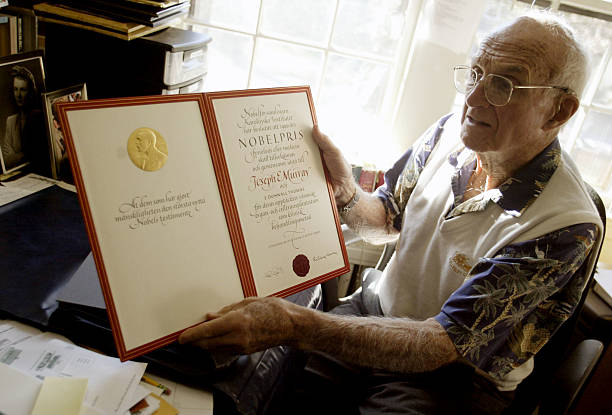Twelve years after the first kidney transplant, the pancreas was successfully transplanted from one patient to another and in the following years, advancements in organ transplantation continued to grow. The development of immunosuppressive drugs came nearly 20 years after the first organ transplant as a way to extend the recipient's life expectancy after a transplant. "The late 1970s and early 1980s brought revolutionary changes in drug development and discovery; two key developments were the technology to develop monoclonal antibodies (mAbs) for human therapeutic use and the discovery of the immunosuppressive effects of cyclosporin A from fermentation extracts of the fungal species" (Wiseman). Thirty-six years after the transplant, in 1990, Dr. Joseph Murray was awarded the Nobel Prize.
First Successful Organ Transplant
Breaking the Barrier of Organ Rejection
Long-Term Impact
"...it's given me a second chance to kind of
continue teaching, continue directing and continue being a grandma,"
- Karen Niblock, Double Lung Recipient
A few decades after the first successful organ transplants, surgeons started finding fast success when attempting to transplant other organs such as hearts, faces, hands, and even corneas, a clear sign of improvement. As of today, all sorts of organ transplantation is possible, that is all thanks to the years of research on organ transplantation dating back hundreds of years.

"Joseph Murray with Nobel Prize" (Getty Images)
How Organ Transplants Have Changed
When organ transplants were still being experimented with, doctors would often use twins since they had higher survival chances since their immune systems wouldn't reject each other's organs. However, today, more factors are considered. As evidenced by Mrs. Niblock's experience, factors such as size, blood type, and age are all considered for a transplant.
"The South-Eastern Organ Procurement Foundation (SEOPF), a regional association of donation and transplant professionals, sought to increase the efficiency of organ placement. SEOPF established a computerized database in 1977 that allowed each of its member institutions to list candidates and help them find matches for organs they couldn’t use locally, and named it the United Network for Organ Sharing. In 1982, SEOPF launched a call center in Richmond, Va. to provide personal assistance with organ placement. This service is now the UNOS Organ Center and has been in continual operation ever since" (UNOS).
"So when it comes to lung transplants, your blood type is important. So my blood type is O which makes me the universal donor, but not the universal recipient. So I had to have O lungs in order to make that work. So they needed to find somebody with O lungs" (Niblock).
Impact On Patients' Lives
Organ transplantation can transform the life of a person greatly. In an interview with Mrs. Niblock, I asked how her transplant changed her life. She told me: "You know, the cool thing about having a second chance is that every morning when I get up, I think, how can I make things better in the world with what I do today?" (Niblock)